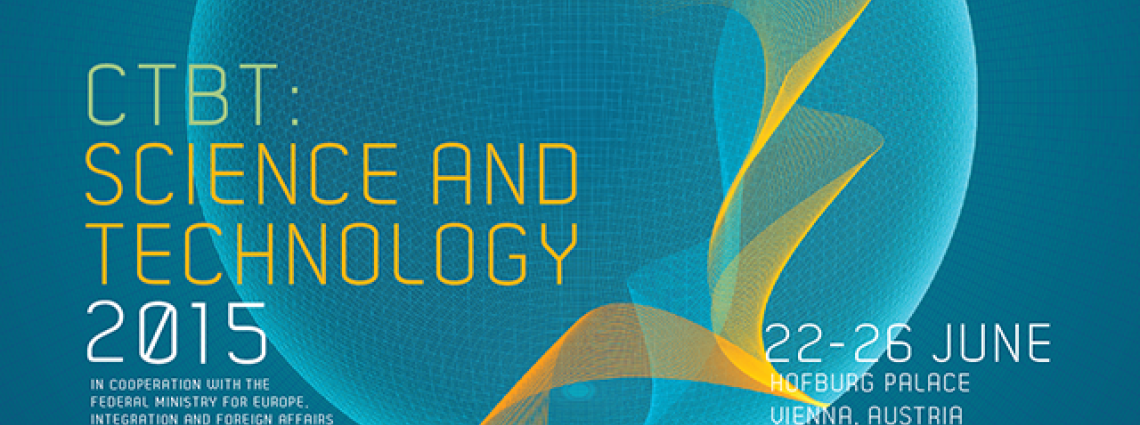CTBT: Science and Technology for a good cause
It is also a unique opportunity for the scientists and technical experts to interact with policy makers on these issues. Along with keynote speeches by prominent policy makers, the conference participants were treated on the first day to invited speeches on ‘Collaboration on Nuclear Test Monitoring Science’ as well as a panel discussion on ‘Enhancing Governmental, Industry, and Scientific Engagement on Nuclear Non-Proliferation and Disarmament’.
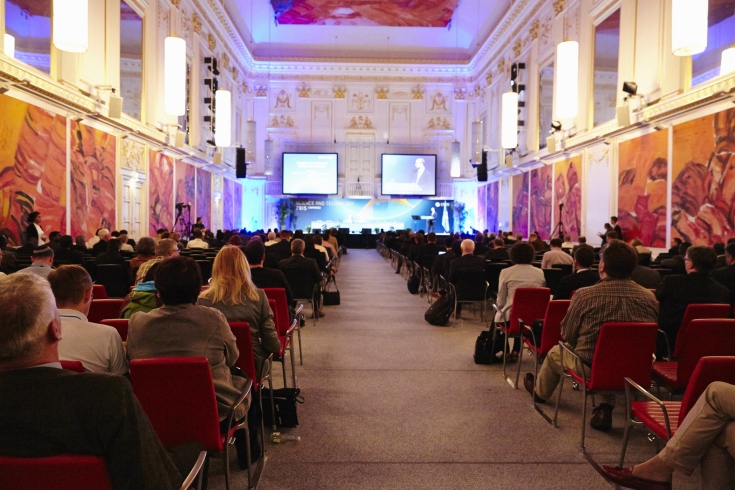
Over 1,100 participants: scientists, academics, diplomats and media representatives
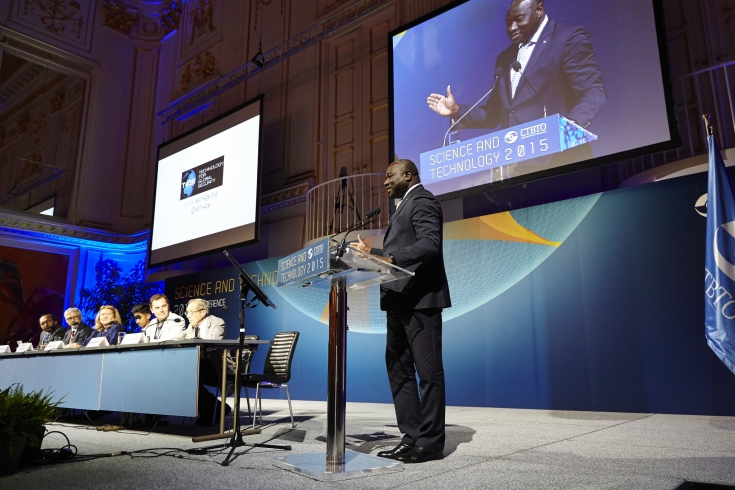
CTBTO Executive Secretary Lassina Zerbo opened the conference
It gives me hope for the future of our children that the best and brightest scientists of our time congregate to perfect the detection of the bomb instead of working to perfect the bomb itself.
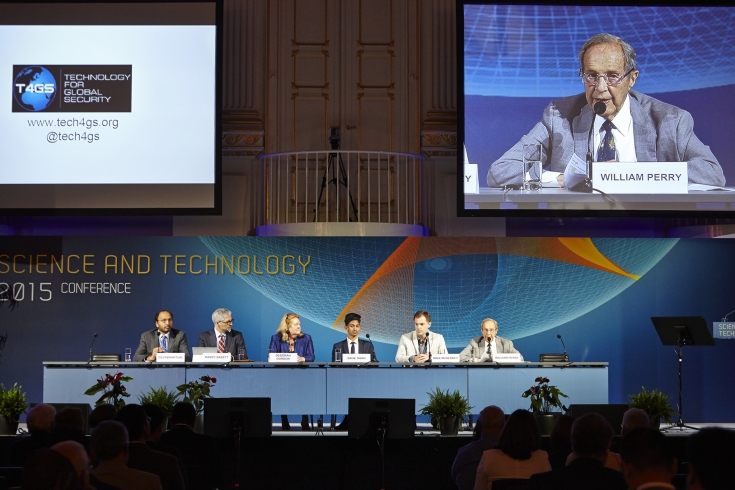
William Perry speaking during the Tech4GS panel
We are verging on another nuclear arms race. I do not think that it is irreversible. This is the time to stop and reflect, debate the issue and see if there’s some third choice, some alternative, between doing nothing and having a new arms race.
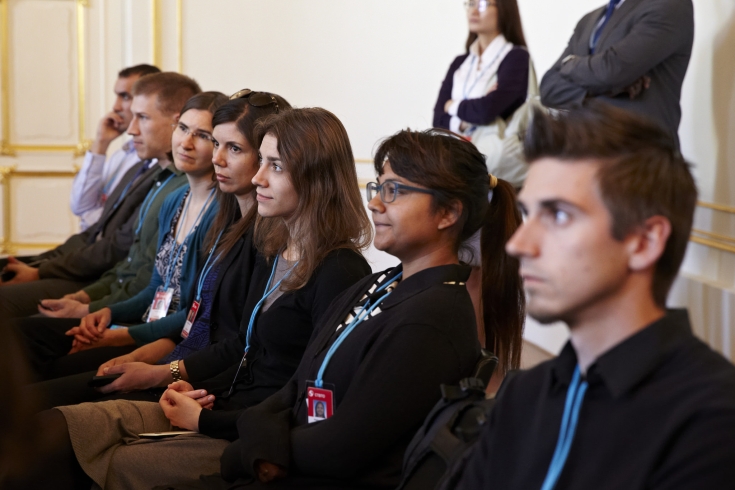
The Young Scientists' Evening
Funded by the European Union, research grants were awarded to young scientists for CTBT-related studies. Here 8 of the 10 awardees for 2014. From left: Dimas Salomo Sianipar (Indonesia), Robin Matoza (UK), Erdinc Saygin (Austrialia), Jean Letort (France), Mariama Madi (Comoros), Sofie Esterhazy (Austria), Yacouba Ouattara (Côté d'Ivoire) and Kassoum Yamba (Burkina Faso)
Fostering Collaboration
There were several reminders that the SnT conference series is an integral part of ongoing efforts to engage and advance the technology of monitoring. For example, the use of the Regional Seismic Travel Time (RSTT) model, which reduces travel time prediction error and thus improves location of seismic events by accounting for near-surface Earth structure, was presented at a previous SnT conference. As a result of collaboration fostered at the conference, several Latin American institutions have shared data and are now working together to refine the RSTT model.
Continuous Societal Benefits of CTBT Data
Many oral and poster presentations focused on the wide ranging spin-off uses of CTBT data. These include seismic hazard assessment, tsunami warning, volcanic ash plume warning for civil aviation, meteorite observation, and nuclear and radiological emergency monitoring. Examples of scientific uses presented at this conference include deriving temperatures from deep ocean to higher atmosphere relevant for climate change research and improved weather prediction, identifying and tracking large sea mammals, observing large-scale atmospheric circulations by seasonal variations of natural radionuclides, and studying the inner Earth structure and dynamics with seismic tomography.
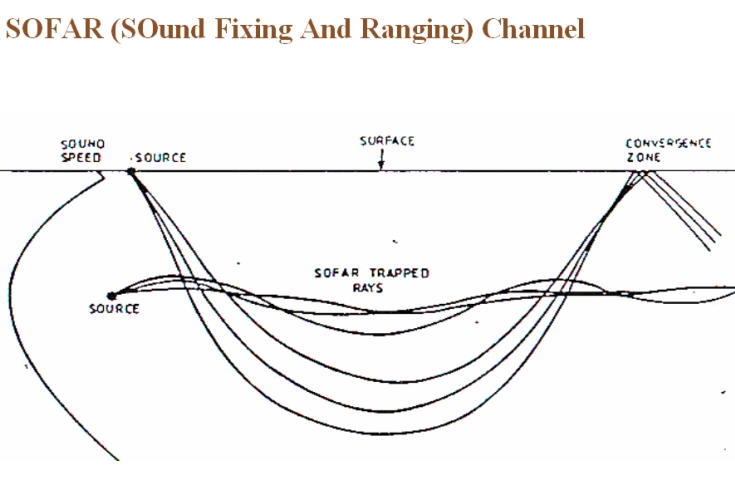
Sound waves travel great distances in the SOFAR (Sound Fixing And Ranging) Channel, at a depth of around 1,000 metres. At SnT2015, experts discussed the inference of deep ocean temperature estimates, based on variations in underwater signal travel time.
Civil and scientific applications are not altruism, they are good business.
Events and their Characterization
A number of presentations dealt with different aspects of an on-site inspection (OSI) including radionuclide and noble gas technologies, remote sensing technologies, and resonance seismemetry and drilling. In his presentation on the challenges of OSI drilling to safely recover relevant radiological samples from an underground nuclear explosion, Walter Dekin from the Lawrence Livermore National Laboratory and winner of best oral presentation pointed out that “Drilling to recover radioactive samples is potentially the most dangerous operation in an on-site inspection.” Investigating the underground migration of radioactivity is an emerging field of research.
There were a few new features at the conference such as an exhibition of on-site inspection equipment, which showed the exercise area of the Integrated Field Exercise 2014 (IFE14) – a simulated on-site inspection exercise that took place in Jordan in late 2014.
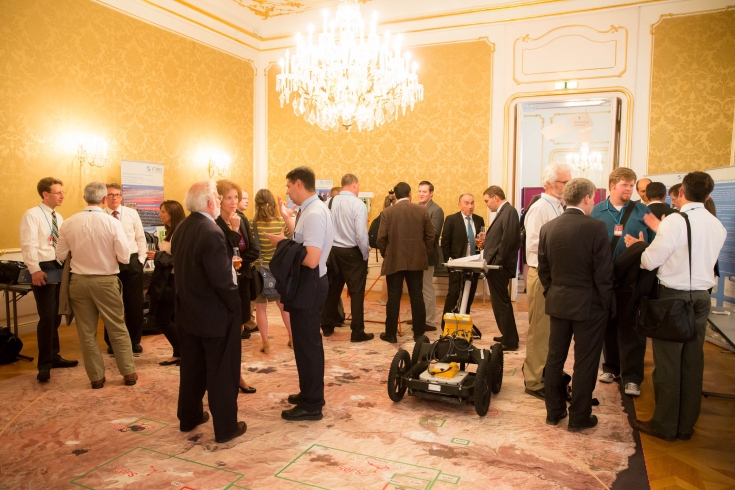
Participants could try a selection of on-site inspection equipment such as the ground-penetrating radar (centre)
Performance Optimization
The conference’s fourth theme ‘Performance Optimization’ was first introduced at SnT2015. It was discussed extensively during the conference and drew a wide range of presentations that either directly or indirectly influence the performance of the International Monitoring System (IMS) and other networks (local, regional and global). The performance of the IMS networks included analyses of network performance from several different perspectives that ranged from data quality, to station performance, to station configuration, to usefulness of array stations in analysis, to bulletin quality assessment. Enhancements to the IMS network and its monitoring mission via National Technical Means as well as Cooperating National Facilities were also presented.
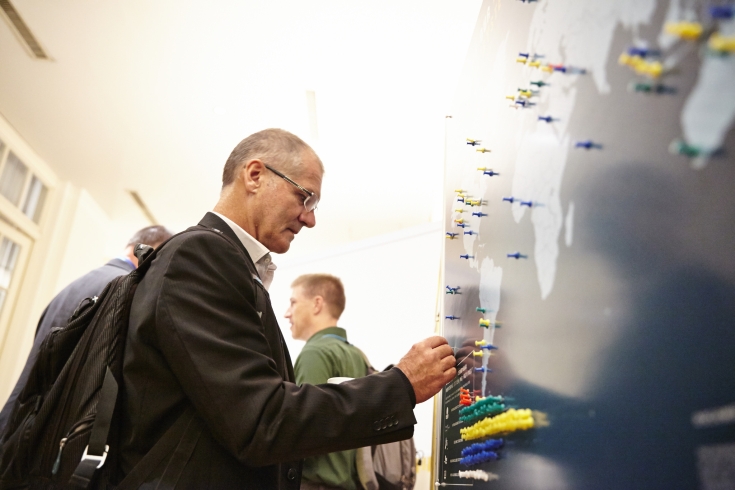
Participants located almost all 337 IMS facilities on the map.
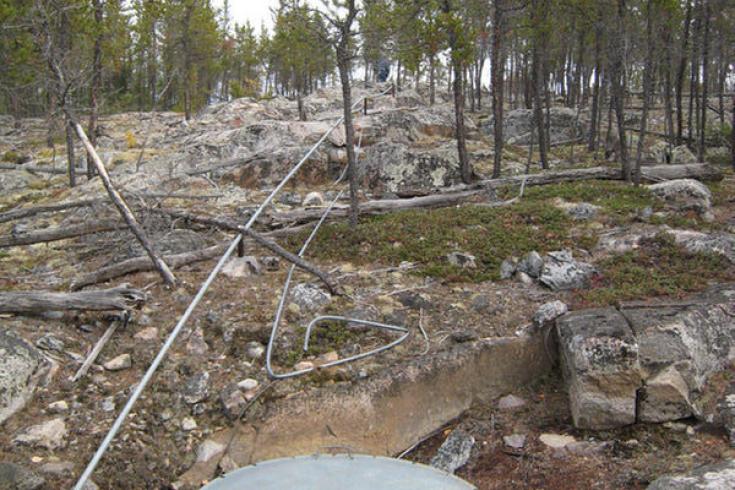
The first primary seismic station to be certified (on 28 July 2000: PS09, Yellowknife, Canada)
Key Areas in CTBT Verification
Other areas that are crucial to the CTBT verification regime that were well-represented among the presentations included National Data Centre Preparedness Exercises, and advances in networks, sensors and processing. The mitigation of xenon emissions makes significant progress with a prototype xenon retention system that is ready to undergo testing in a medical isotope production facility.
Aiming for Quality
The Concluding Session on 25 June was addressed by Joachim Schultze, the Chairperson of Working Group B, CTBTO’s Working Group dealing with verification issues. He began: “The best thing that could happen to Working Group B is this series of SnT conferences”, and gave his own impression of the conference.

SnT2015 Project Executive and Director of the International Data Centre, Randy Bell (front) and opening day moderator Nadja Bernhard, TV journalist for Austria's ORF
Prizes
A number of prizes were awarded, including: awards for best oral presentation, best poster, best presentation by a young scientist, and the European Union Star award. See conference webpage to see the winners of awards at SnT2015.
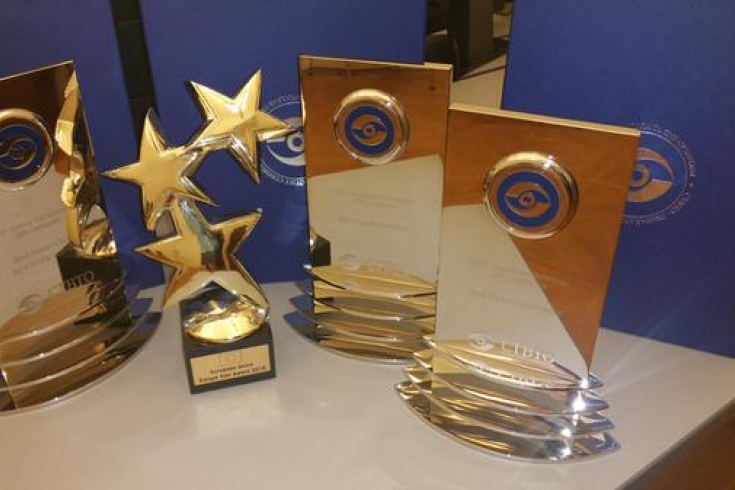
CTBT Academic Forum
On the last day of the conference the CTBT Academic Forum engaged participants in “Strengthening the CTBT through Academic Engagement”. Participants shared their experiences in promoting CTBT education and training the next generation of CTBT experts in their home institutions. Key aspects of the Forum included CTBT education, bridging science and policy, and forging new connections.
The conference was made possible by the generous support of the Austrian Federal Ministry for Europe, Integration and Foreign Affairs. The next conference in the series will take place in 2017.
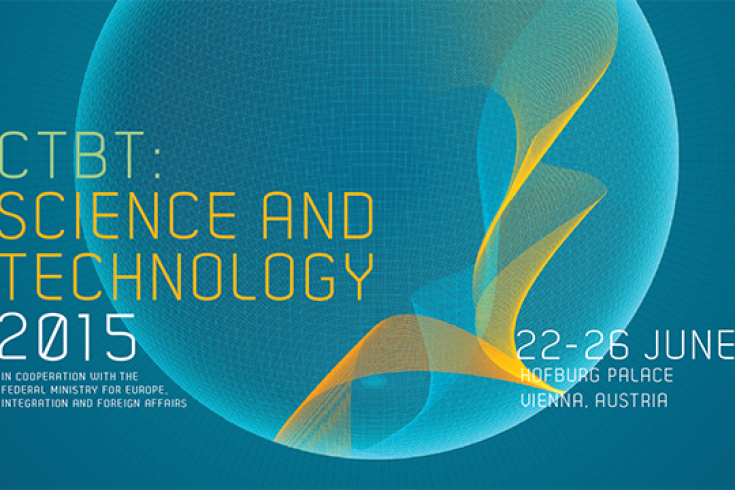
click for the SnT2015 conference page
30 Jun 2015
